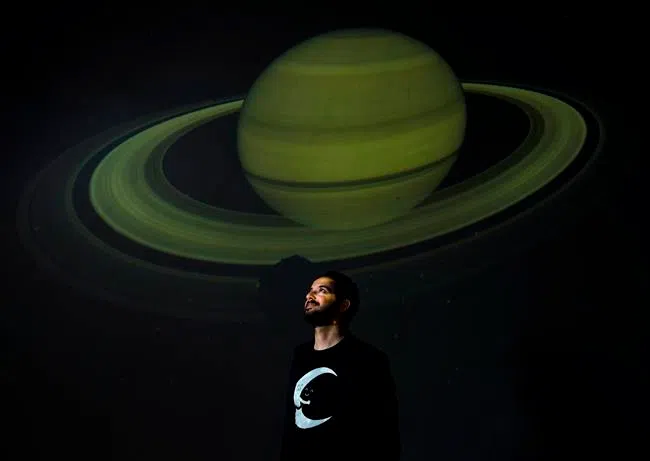
Toronto astrophysicist offers a musical guide through the universe
TORONTO — A Canadian astrophysicist who used the orbital patterns of seven newly discovered planets to create music will be bringing his work to the public in a Toronto show that will also allow those with visual impairments to experience the wonders of the universe.
Matt Russo, a planetarium operator at Toronto’s Dunlap Institute for Astronomy and Astrophysics, said his work takes the rhythm of planets orbiting and combines them with other notes to create music based on cosmic activity.
Russo’s work combining astronomy and music began in earnest last year, after scientists discovered seven Earth-sized planets orbiting a dwarf star called Trappist-1. The system, about 40 light years away, is believed to be in the right zone to harbour liquid water to sustain life. Russo was one of the researchers who created a musical simulation of the system’s orbital dynamics.
“What people noticed was that there were these special patterns in (the planets’) orbits, so their orbits were simple multiples of each other, for instance,” Russo said.

